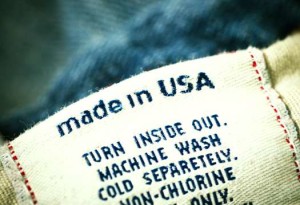The Massachusetts Senate convened last week and responded to on-going pressure by solar supporters with a vote to raise the solar power net metering cap. Net metering, part of the incentives offered to consumers to encourage clean energy development, allows utility users to sell their excess energy back to the grid. The cap represents a percentage of the peak energy usage and limits the amount of energy that solar power users can amass and sell back. Utility companies have argued against attempts to raise the limit, on the basis that consumers without solar power end up paying the difference. The decision to raise the cap was made to help facilitate the state’s goal of developing 1,600 megawatts of solar power by 2020.
The solar energy stipulation was a component of an expansive climate change preparedness bill, sponsored by Senator Benjamin Downing, who believes that the passage of the bill would approximately double the cap. The current cap limits net metering to 4% of a utility’s peak load for private consumers and 5% for public consumers with no limit on residential.
“There’s been a lot of discussion in the theoretical, but not enough in the actual, and the hope is that this is something concrete for people to react to, and I would hope that if the House or if the administration has a different way of going about this that they would put it on paper and we can get to what is our broadly shared goal,” Downing commented to reporters. The bill, which advocates the development of a plan for reacting to the potentially damaging effects of climate change and cutting back on greenhouse gas emissions, is headed to the House of Representatives. Its prospects remain unclear.
Regional utility companies have proposed that Massachusetts legislators support the imposition of a minimum fee on all electrical bills to include customers who generate most or all of their own energy in the cost of maintaining the electrical grid. If the bill is passed, the Massachusetts Department of Public Utilities would have the authority to disperse the costs associated with additional solar energy generated to other providers and service regions, thus relieving any single utility of the burden of the overall expenditures. The legislation would also shrink the gaps between service areas.
Currently, the cap has already been reached by National Grid, with Eversource close behind. According to Downing, the lines drawn between service territories are fairly arbitrary, and solar development in one county has the ability to benefit nearby towns covered under other service zones. Since the net cap was met this spring, green energy advocates have warned that enthusiasm and available solar projects may begin to disappear, putting Massachusetts at risk for losing its leadership position in the solar industry.
Since solar production began in 2007 under Governor Duval Patrick, the state has added 860 megawatts of solar energy to the power grid. With the end goal of 1,600 megawatts still looming, the solar community has been advocating for a lift to the net metering cap. Although unrestricted residential projects continue to move forward, larger projects for private and public properties have been put on hold. Janet Besser, vice president of the New England Clean Energy Center, has stated that while the sudden increase in solar power was not entirely expected, it is a good sign for the future, and her organization will work diligently to convince House lawmakers they would be prudent to encourage solar power expansion in the state by lifting the cap.





